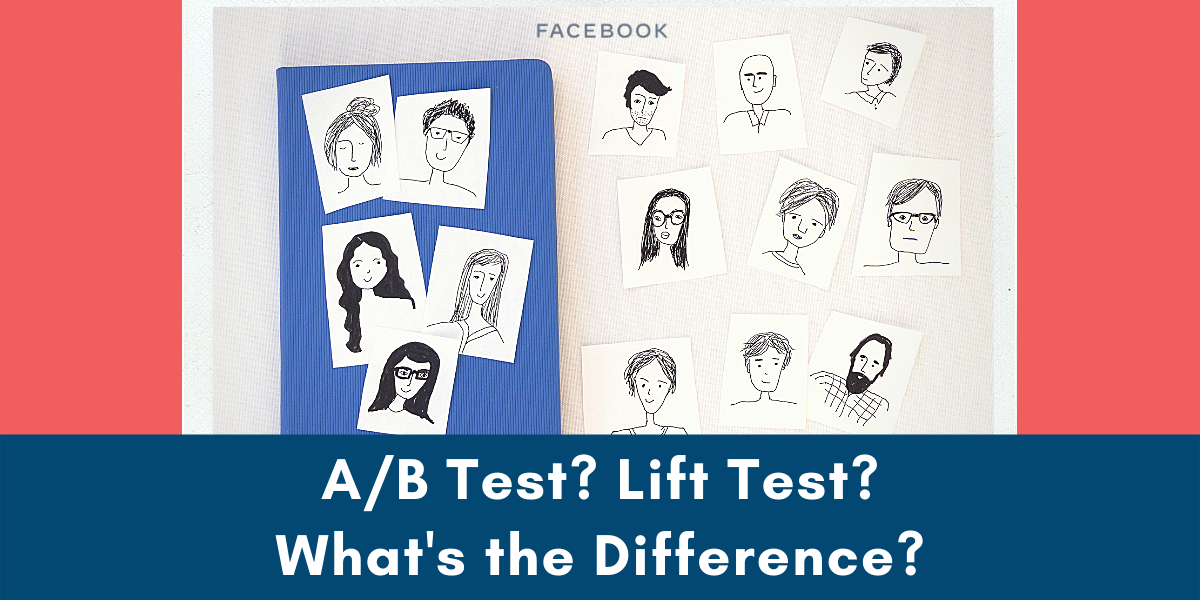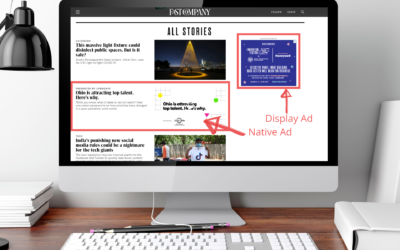So, you want to run some ads on Facebook.
Question is, how do you determine if the ads you’re running are actually working?
Quick Answer: Are you seeing more results based on the objective set for the campaign?
Enter ad testing – a great way to ensure that your ads are hitting the mark based on your objectives.
There are two general types of tests you can run on your Facebook ads to make sure you’re getting the results you want. On the flip side, you can use the results to see what improvements you need to make if the numbers are less than stellar compared to what you were expecting.
A/B Testing
What it is: On Facebook, this means that your ad audience will be divided into random, non-overlapping groups so that impact from outside factors on your ads is reduced.
What it can test: You can run similar variations of an ad to see which works better. For instance, you can switch up the ad’s imagery, use the same copy, and use the same call to action (CTA). Then, review the results to see which ad “won.”
It is important to keep in mind here that you should only change ONE variable for testing. Remember way back when you changed one thing in high school chemistry, and well, sometimes fire happened? Yes, we’re looking for that spark in your ads.
Run the ads for a short period of time (a week is good) and see what results shake out.
How can you tell which ad “won?”
The winning ad set is determined by the “Cost Per Result” based on your campaign objective. If your objective is “clicks,” you would look to see which ad had a lower cost per result regarding clicks.
“Confidence Percentage” is a term used to describe the likelihood that your ad would receive the same results if the test were to be run again.
For an A/B test to be successful, the confidence percentage should be at least 65%.
This ensures that your test was statistically reliable.
Lift Testing
What it is: On Facebook, a lift test compares the actions of people who have seen your ads vs. those who have not to determine if ads are generating the desired outcome.
What it can test: A lift test is best used when measuring brand recognition or conversion. The more “lift,” the more effective ads are.
There are two types of lift:
1) Brand lift: Brand lift is incremental brand awareness measured and assessed through polls and questionnaires.
If you’ve ever come across a simple poll in your Facebook news feed that asks if you remember seeing a certain ad for a certain brand at one point in your news feed, chances are you were selected to be a part of a brand’s lift test.
2) Conversion lift: Conversion lift is defined as incremental conversions assessed through user actions gathered from a website or app using standard and custom events. It compares additional business (online, offline, or on an app) that was driven by advertising on Facebook across Facebook, Instagram, and Facebook’s Audience Network across devices to get that “bigger picture” look at ad performance (*Note: You must install a Facebook Pixel on your site or have the SDK in place for in-app events.)
Events are actions that happen on your website or app. They can be actions such as adding payment information at checkout, adding an item to a cart, completing an event registration, scheduling an appointment, etc. See this article for the full list of Facebook’s predefined standard events.
An example of conversion lift is if someone sees your ad on Instagram, clicks on it on a website that is a part of the audience network, and then goes to the website to purchase a product. Say during a normal business day, on average only five customers visit your online store and two purchase. After running a conversion lift test, you see that there are, on average, 10 customers visiting the store and seven making a purchase. Facebook would attribute the conversations to the ads because they are tracked across devices and will calculate lift.
For conversion lift campaigns to be deemed successful, they should receive a confidence percentage of at least 90%.




0 Comments